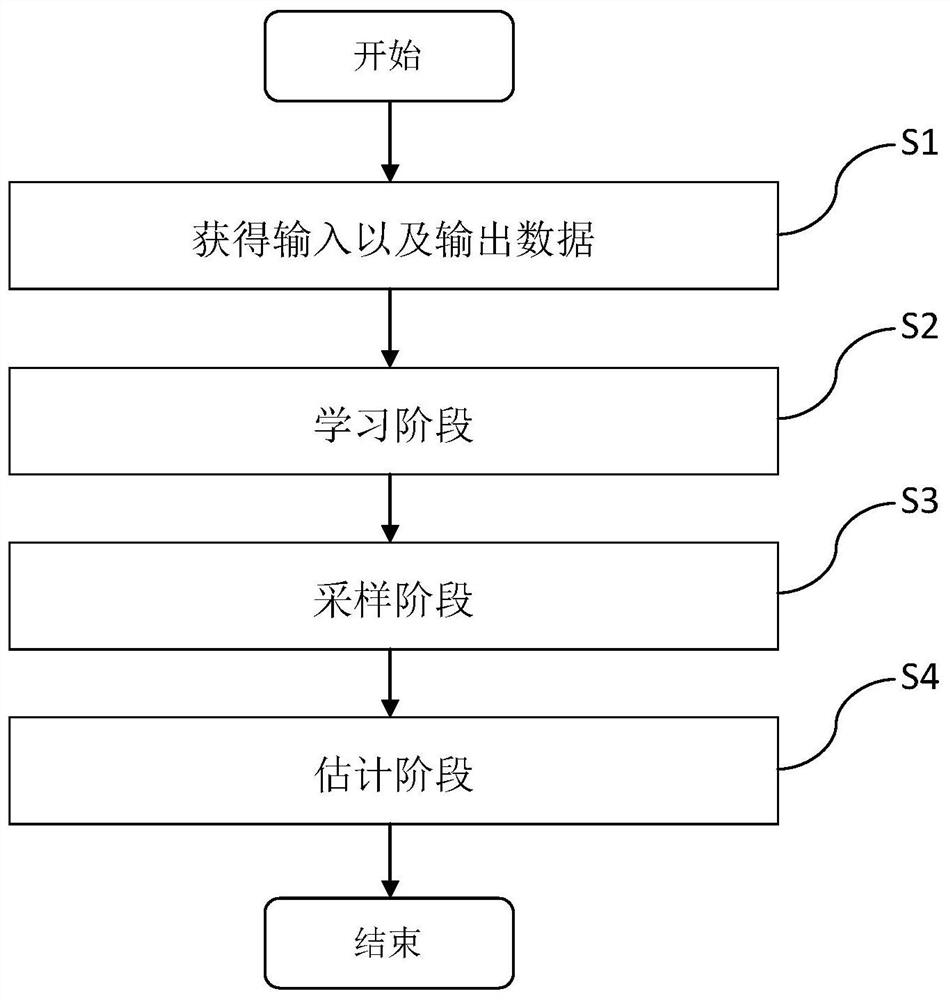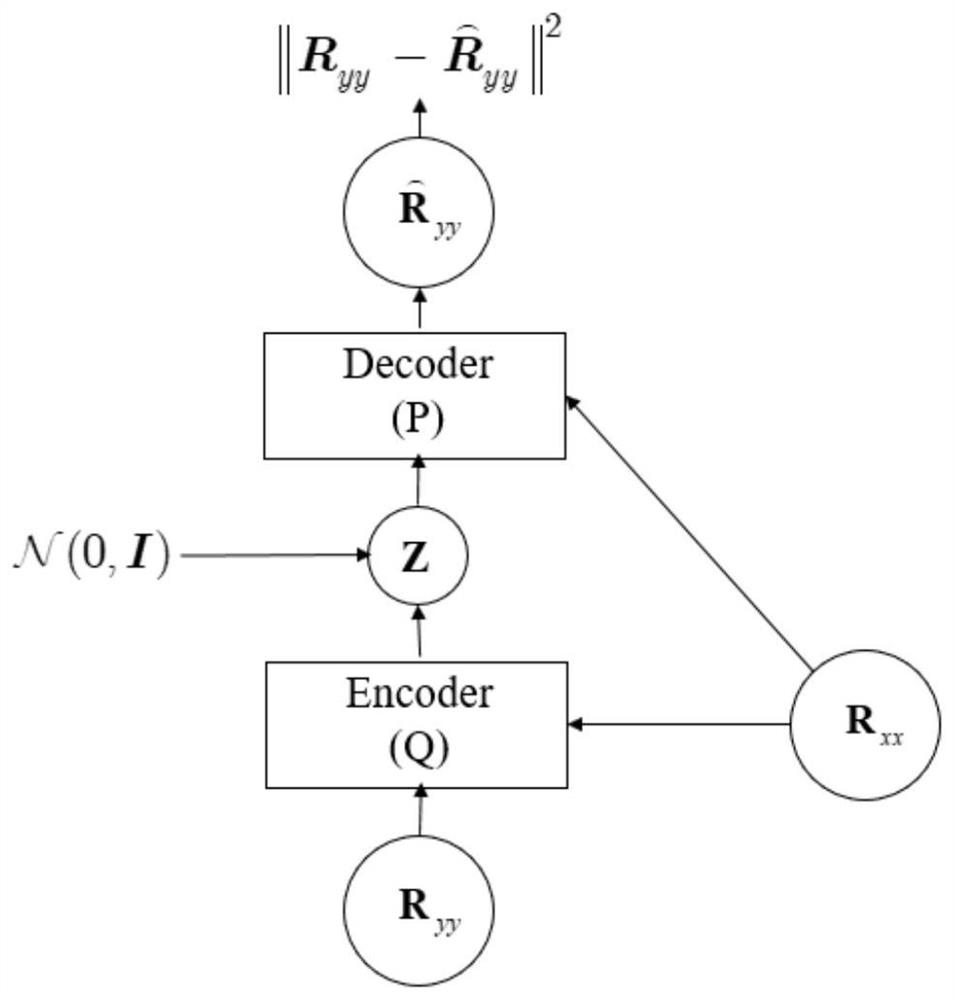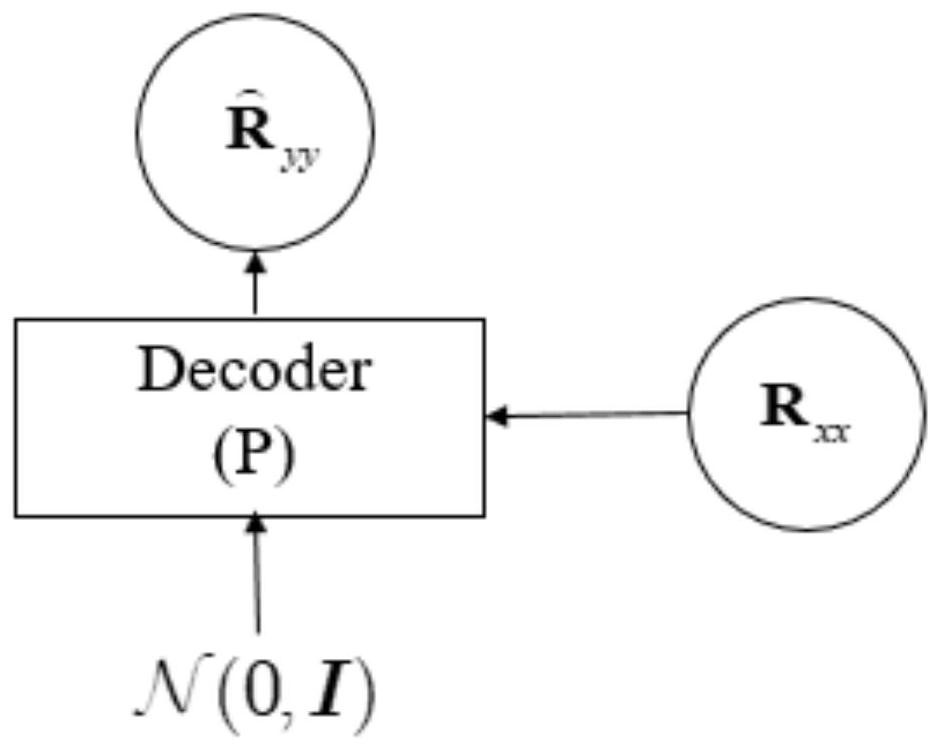Generative model processing method for cross-coupling small-aperture array
A model processing and small-aperture technology, applied in direction finders using radio waves, radio wave direction/deviation determination systems, complex mathematical operations, etc., can solve the distance error of the array element, can not obtain the effect, and expand the small-aperture array with a single Coupling and other issues to achieve the effect of improving estimation performance and wide application value
- Summary
- Abstract
- Description
- Claims
- Application Information
AI Technical Summary
Problems solved by technology
Method used
Image
Examples
Embodiment Construction
[0025] The sensors used in the array of the present invention include antennas, hydrophones, and transducers, and the array topology includes linear arrays, circular arrays, and area arrays.
[0026] The specific implementation manners of the present invention will be described below in conjunction with the drawings and embodiments.
[0027]
[0028] This embodiment provides a generative model processing method for mutually coupled small-aperture arrays, which is used to improve the performance of the small-aperture arrays.
[0029] figure 1 It is a flow chart of a generative model processing method for mutually coupled small aperture arrays according to an embodiment of the present invention.
[0030] Such as figure 1 As shown, the specific steps of the generative model processing method for mutually coupled small aperture arrays are:
[0031] Step S1, obtaining input data. The computer randomly generates a set of directions of arrival, and obtains the original small ap...
PUM
 Login to View More
Login to View More Abstract
Description
Claims
Application Information
 Login to View More
Login to View More - R&D
- Intellectual Property
- Life Sciences
- Materials
- Tech Scout
- Unparalleled Data Quality
- Higher Quality Content
- 60% Fewer Hallucinations
Browse by: Latest US Patents, China's latest patents, Technical Efficacy Thesaurus, Application Domain, Technology Topic, Popular Technical Reports.
© 2025 PatSnap. All rights reserved.Legal|Privacy policy|Modern Slavery Act Transparency Statement|Sitemap|About US| Contact US: help@patsnap.com



